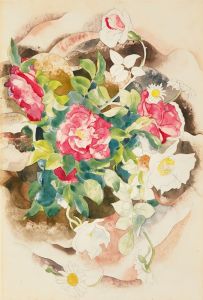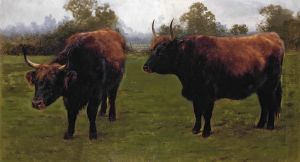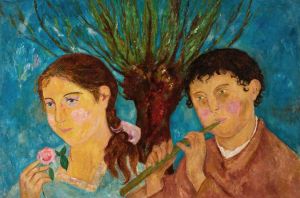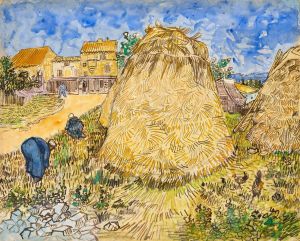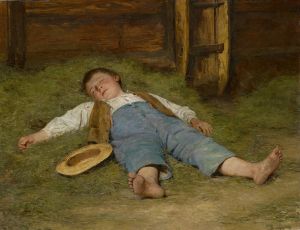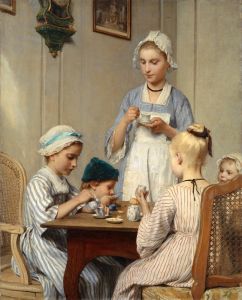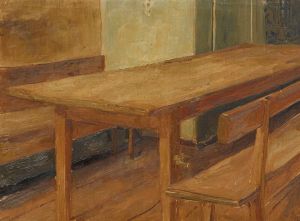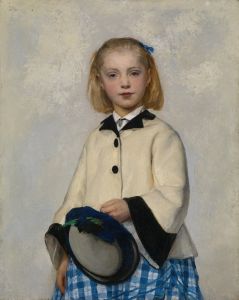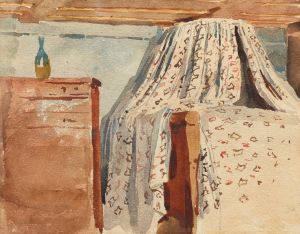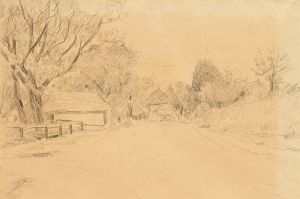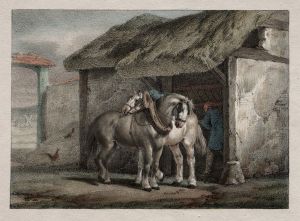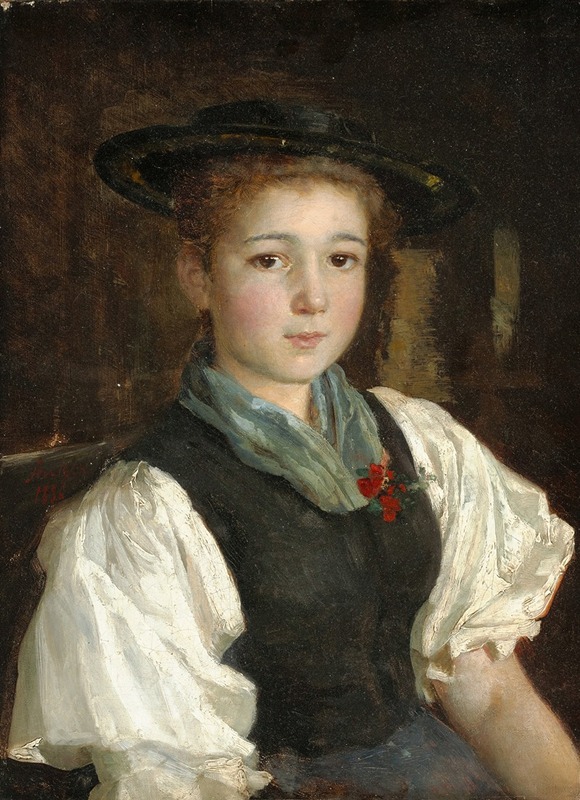
Bauernmädchen
A hand-painted replica of Albert Anker’s masterpiece Bauernmädchen, meticulously crafted by professional artists to capture the true essence of the original. Each piece is created with museum-quality canvas and rare mineral pigments, carefully painted by experienced artists with delicate brushstrokes and rich, layered colors to perfectly recreate the texture of the original artwork. Unlike machine-printed reproductions, this hand-painted version brings the painting to life, infused with the artist’s emotions and skill in every stroke. Whether for personal collection or home decoration, it instantly elevates the artistic atmosphere of any space.
Albert Anker, a Swiss painter renowned for his detailed and realistic depictions of rural life, created the painting "Bauernmädchen" (translated as "Peasant Girl"). Born in 1831 in Ins, Switzerland, Anker is often referred to as the "national painter" of Switzerland due to his significant contributions to Swiss cultural heritage through his art.
"Bauernmädchen" is one of Anker's many works that capture the simplicity and charm of rural existence. The painting typically features a young girl, often depicted in traditional Swiss peasant attire, engaging in everyday activities. Anker's meticulous attention to detail and his ability to convey the innocence and earnestness of his subjects are evident in this piece. The girl's clothing, expressions, and surroundings are rendered with a high degree of realism, reflecting Anker's dedication to portraying the authenticity of rural life.
Albert Anker's works, including "Bauernmädchen," are characterized by their warm, earthy color palettes and the use of natural light, which adds to the lifelike quality of his paintings. His technique often involved careful observation and a deep respect for his subjects, which is why his paintings resonate with a sense of genuine affection and admiration for the rural communities he depicted.
Anker studied at the École des Beaux-Arts in Paris and was influenced by the realism movement, which sought to depict subjects truthfully without idealization. This influence is evident in "Bauernmädchen," where the focus is on an honest representation of the peasant girl's life and environment. Anker's ability to capture the essence of Swiss rural life made his work highly popular during his lifetime and continues to be celebrated today.
Throughout his career, Anker received numerous accolades and his works were exhibited widely, including at the Paris Salon, where he gained international recognition. His paintings are now housed in various museums and private collections around the world, with "Bauernmädchen" being a notable example of his oeuvre.
Albert Anker passed away in 1910, but his legacy lives on through his art, which continues to be appreciated for its historical and cultural significance. "Bauernmädchen" remains a testament to Anker's skill in capturing the beauty and simplicity of rural life, and it serves as an important piece of Swiss cultural history.
In summary, "Bauernmädchen" by Albert Anker is a quintessential example of the artist's dedication to portraying the everyday lives of Swiss peasants with realism and affection. Through his detailed and heartfelt depictions, Anker has left an enduring legacy that continues to be celebrated in the art world.





